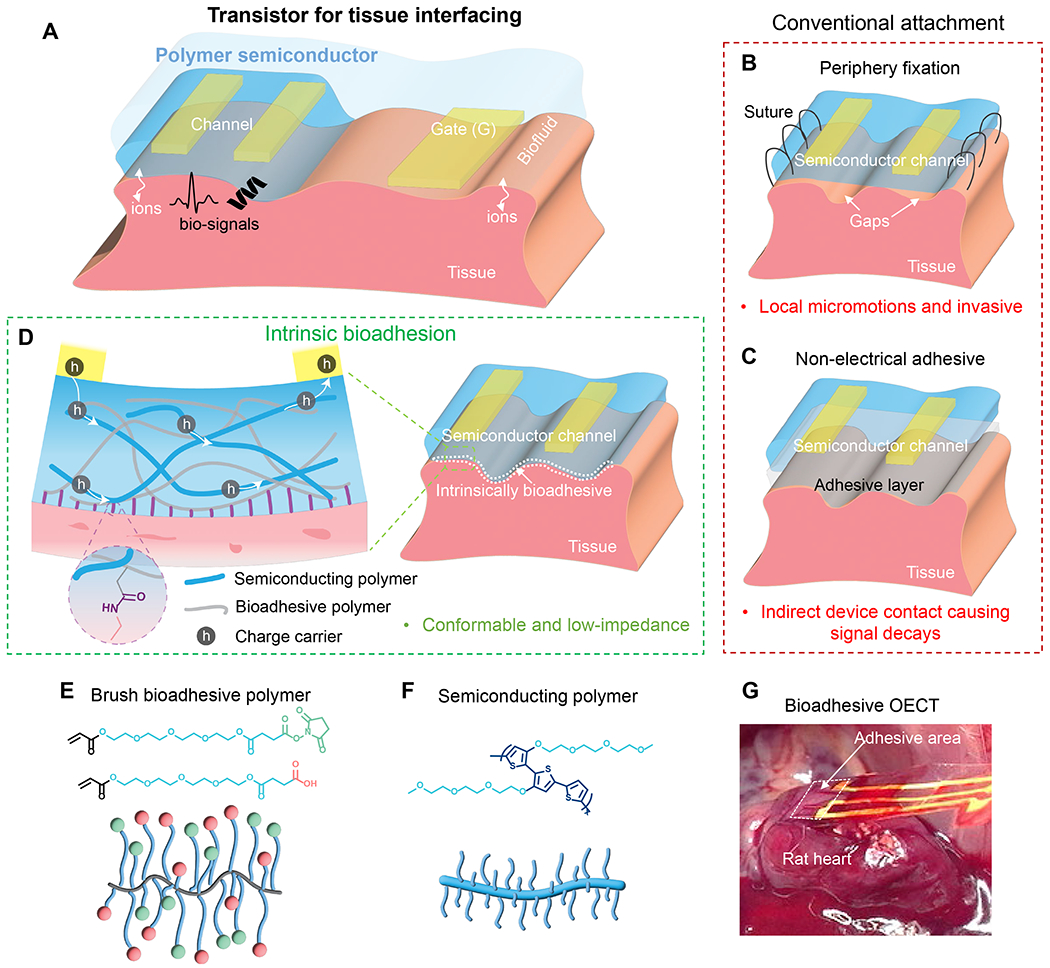Fig. 1. Bioadhesive polymer semiconductors for electrochemical-transistor-based tissue interfacing.

(A) Use of electrochemical transistors at tissue interfaces for biosensing with built-in amplification, for which bio-signals couple into the polymer semiconductor channels through direct tissue contact. (B to C) Conventional device attachment methods on tissue surfaces, such as peripheral suturing and applying a non-electrical adhesive layer, and their corresponding limitations. (D) Direct adhesive attachment achieved by a bioadhesive polymer semiconducting (BASC) channel and a wet tissue surface. The double-network design of the BASC contains a semiconducting polymer and an adhesive polymer achieving covalent bonding with tissue surfaces. (E) Chemical structures of the adhesive monomers with even longer linear side chains terminated with NHS ester and COOH groups, and the schematic of formed brush-architectured bioadhesive polymer (BAP). (F) Chemical structure and a schematic of the utilized polymer semiconductor p(g2T-T) with long linear side chains. (G) Photograph showing a fully-bioadhesive OECT with BASC channel adhered to a rat heart for ECG recording, which can stand for mechanical agitations.
